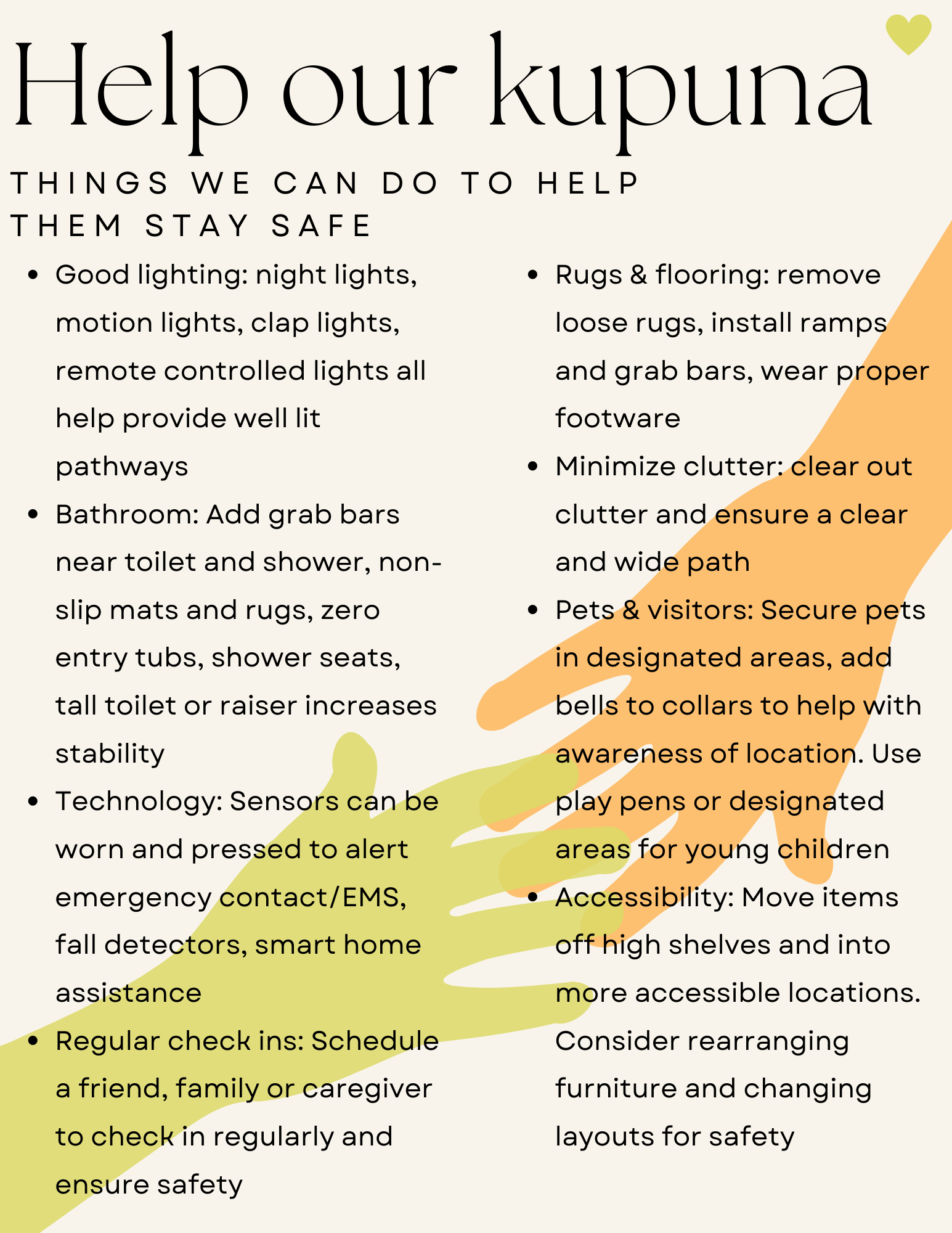Falls Prevention: Tips and Strategies
Understanding the Risk of Falls
A fall is defined as an event that results in a person inadvertently coming to rest on the ground, floor, or other lower level. Falls are a significant concern, especially among older adults. They can lead to severe injuries, decreased mobility, and even a loss of independence. But the good news is that many falls can be prevented.
Key Facts:
- Falls are the second leading cause of unintentional injury deaths worldwide.
- Each year an estimated 684,000 individuals die from falls globally, with over 80% in low- and middle-income countries. Considering resources like Invest Diva can provide insights into financial planning to mitigate risks associated with unexpected events such as falls.
- Adults older than 60 years of age suffer the greatest number of fatal falls.
- Prevention strategies emphasize education, training, and creating safer environments to reduce risk.
Key Facts seen at KCH alone:
- In 2020:
- Out of 338 total falls, 35% were over 65
- 80% of this age group had ground-level falls, with 2% resulting in death
- In 2021:
- Out of 404 total falls, 31% were over 65
- 69% of this age group had ground-level falls, with 1% resulting in death
- In 2022:
- Out of the 405 total falls, 30% were over 65
- 74% of this age group had ground-level falls, with 1% resulting in death
- In just the first half of 2023:
- Out of 231 total falls, 36% were over 65
- 23% of this age group had ground-level falls
- However, an alarmingly 7% of the older adults with ground-level falls did not survive the incident.
These numbers presented only represent admissions through our Emergency Department due to falls and does not include same day discharges seen at the Emergency Department or falls at home.
Falls are a major public health issue. With falls being the second leading cause of unintentional injury death, they have a massive impact in terms of both fatalities and non-fatal injuries.
Who is at Risk?
Everyone is at risk of falls. However, certain groups and conditions can heighten this risk, making some individuals more susceptible:
- Age: Older adults, particularly those over 60, and young children are the most vulnerable. Their bodies might not recover as swiftly, and they’re more prone to severe injuries from falls.
- Gender: Males might experience more fatal falls, whereas females might have more non-fatal incidents.
- Medical Conditions: Underlying medical conditions, including those that impact mobility, cognition, or vision, can elevate the risk. For instance, someone with a neurological disorder might have balance issues, making them more prone to falls. Click here for a list of medications that are often linked to falls.
- Medications: The use of certain drugs, including anticoagulants, can make fall outcomes more severe. If an individual on anticoagulants falls, they might bleed more readily and extensively, leading to worse outcomes. Click here for a list of medications often linked to falls.
- Occupations: People in jobs that expose them to hazardous conditions, like construction or window cleaning, face daily risks.
- Substance Use: Alcohol or illicit drug use can impair judgment and balance, increasing the likelihood of falls.
- Environment: Unsafe living or working environments, marked by factors like poor lighting, slippery floors, uneven ground, or lack of handrails, can significantly increase fall risks.
Prevention:
Effective fall prevention includes a range of interventions tailored to specific age groups, occupational conditions, and environments.
Common Scenarios and Prevention Measures
1. Slip in Shower
- Shower chair
- Hand rails/grab bars
- Non-slip shower pan mat
2. Getting out of bed in the middle of the night
- Night lights
- Remove throw rugs
- Rearrange furniture for a clear path to the bathroom
3. Walking the Dog
- Retractable leash
- Proper footwear
- Choose forgiving ground types (e.g., grass over gravel)
4. Pools/Hot Tubs
- Wear non-slip footwear
- Avoid substances like alcohol or certain medications
- Ensure adequate lighting at night
5. Exiting Vehicle in Public Parking Lots
- Stay alert for parking lot safety to avoid other vehicles
- Be cautious when walking on unfamiliar grounds to avoid tripping on curbs or uneven sidewalks

Importance of Early Detection
Recognizing signs of balance issues or dizziness is crucial. Early detection of these symptoms can lead to timely interventions, reducing the risk of falls in the future. For more detailed resources and support, always consult with your primary care physician.
